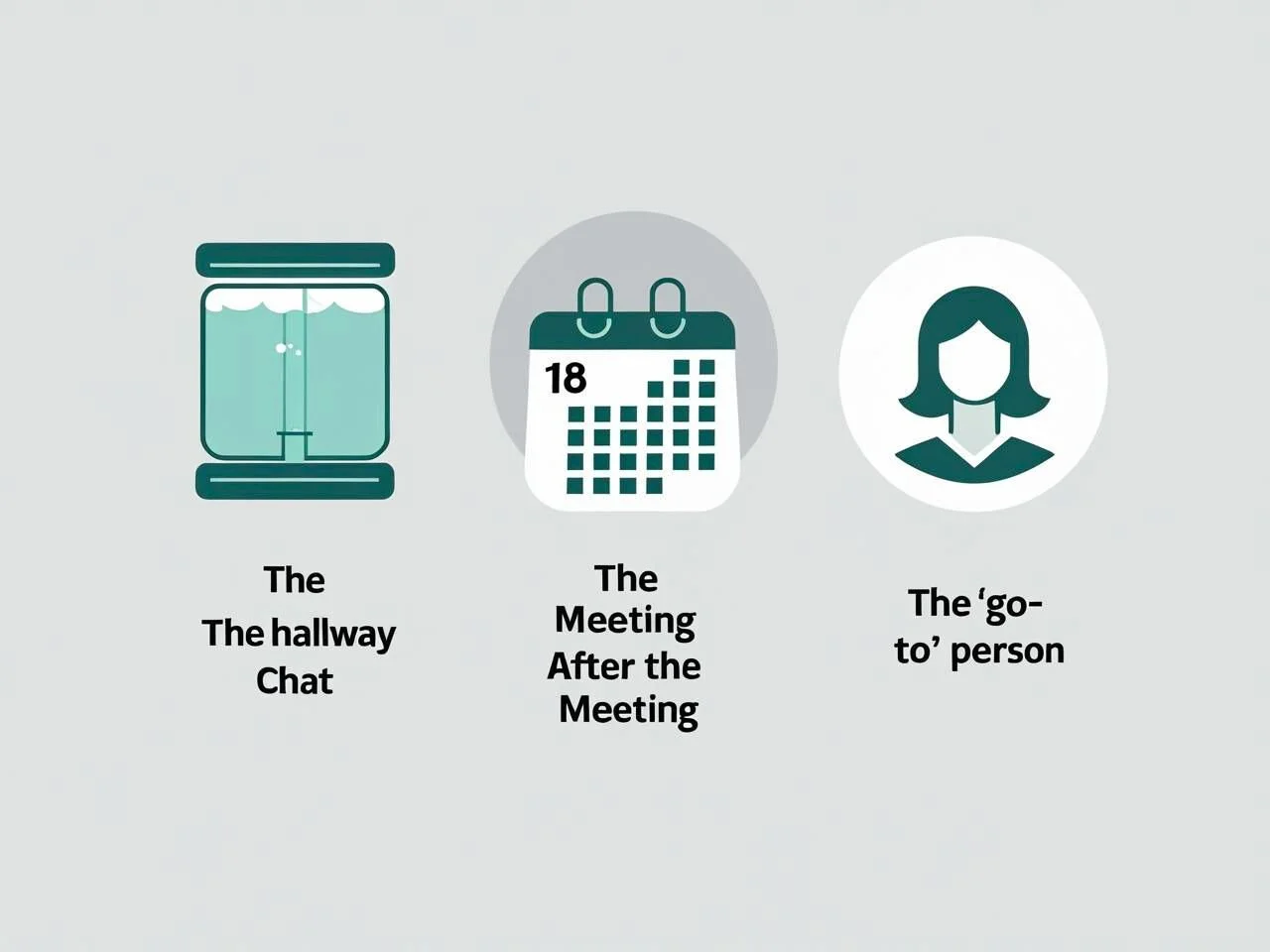3 Unconscious Habits That Create Proximity Bias (And How to Fix Them)
You're a fair leader. You treat everyone on your team the same. Or do you?
Proximity bias is the unconscious tendency to favor the people we physically see, and it's likely sabotaging your hybrid team's performance without you even realizing it. It shows up in the "quick chats" that leave remote employees out of the loop, the high-visibility projects that go to in-office staff, and the performance reviews that are skewed by "face time" instead of actual results.
This isn't a character flaw; it's a brain glitch. But as a leader, it's your job to debug it. Here are three common unconscious habits that create proximity bias and how to fix them.
Habit 1: The "Hallway Decision"
You bump into a colleague in the office, make a quick decision about a project, and move on. It's efficient, but you've just excluded every remote member of the team from a key conversation.
The Fix: Implement a "document-first" rule. Any decision, no matter how small, must be documented and shared in a public channel (like Slack or Teams) immediately. This creates a single source of truth and ensures information is distributed equitably, not based on who is standing by the coffee machine.
Habit 2: The "Meeting After the Meeting"
The virtual meeting ends, and you immediately turn to the two people in the conference room with you to debrief. "What did you really think?" This is where the real conversation happens, and your remote team knows it.
The Fix: Make the last five minutes of every meeting a dedicated "digital debrief." Close the informal part of the agenda and explicitly ask, "Okay, let's capture key takeaways and action items in the chat right now." This ensures all final thoughts are shared in the open and that follow-up actions are visible to everyone.
Habit 3: The "Go-To" Person Bias
When a new, urgent project comes up, who is the first person you think of? Often, it's the person you see every day—your "go-to" person. This starves your remote employees of growth opportunities.
The Fix: Replace visibility with data. Before assigning a critical task, consult your team's CliftonStrengths grid. Ask yourself, "What specific talents does this project require?" and assign it to the person whose strengths are the best fit, regardless of their location. This forces you to make objective, data-driven talent decisions, not biased, convenience-based ones.
Becoming a Proximity-Proof Leader™ isn't about treating everyone the same. It's about creating a system where everyone has an equal opportunity to contribute and succeed. It's the most critical skill for any manager in a hybrid world.
Ready to build a truly fair and effective hybrid team?
I am launching the inaugural pilot cohort for The Proximity-Proof Leader™, an intensive 3-month program designed to give you the tactical skills to lead with clarity and confidence. We'll meet every other week in a small group to master these techniques. The pilot investment is just $100/month.
Spots are limited to 8 leaders to ensure a high-touch experience. Click here to learn more and enroll.

